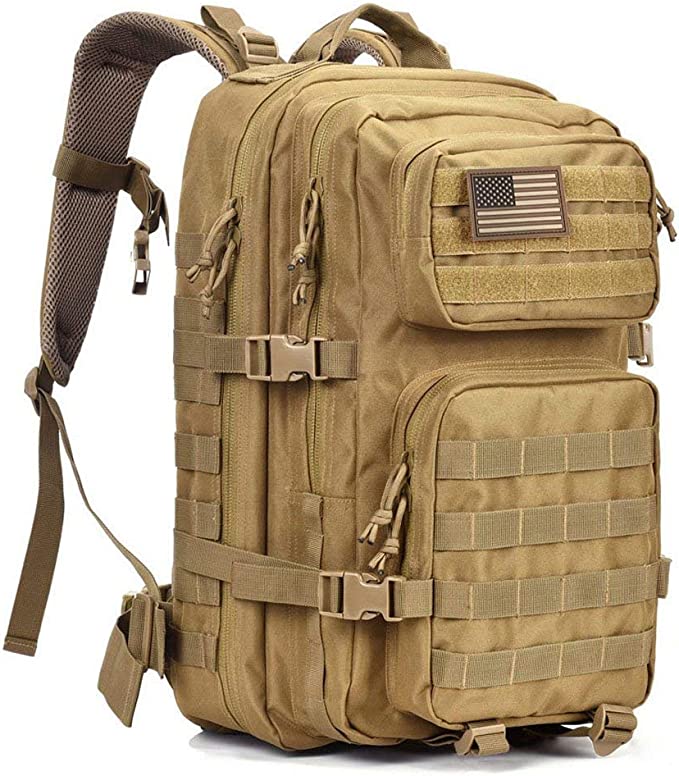Disaster preparedness, is a scary and controversial topic. Scary because it’s a disaster. Controversial because most people think it’s a religious thing or World ending destruction. Whether it’s WWIII or a pandemic, being prepared is in your best interest to help you and your family survive.
Planning
When you begin to be serious about preparing for most anything, it takes a tad bit of planning. This is where you will break down exactly what it is your family needs during the event to make it out on the other side in hopefully one piece. When I started the planning stage, I began by thinking of what needs need to be met. Of course, the easy ones came up first. Shelter, Clothing, Food, etc. You also want to include things like entertainment, protection and individual needs such as text books, personal hygiene.
I wrote down all of the categories I needed to attend to in a notebook, eventually this turned into a spreadsheet on my computer so I could keep track of what I needed or what I needed to replace because it was used. The path for Food would go something like this. I buy something and put it into the pantry where I keep my food-related items. I enter the item, a description, the use by date. When I use something I note the number of each item I use (i.e. # of cans of corn, etc.)
I do this for each category. This can become an extensive list which is why I moved it to the computer to aid in keeping on top of things. Add your own personal categories that best reflect your family’s unique needs. Don’t forget to include items for your fur babies.
Bug Out Bags
In general, a bug-out bag is a survival kit that will keep you alive at least for 72 hours in an emergency situation. You’ll have an upper hand if/when disaster strikes with the tools in the bag. Bug out bags can save you time when seconds are critical.
There are many bug out bags on the market. Each has their pros and cons. You could even make your own bug out bag. You’ll need one for each person. Adults will have the heavier bug out bag. I suggest using a military grade back pack. You should be able to locate decent ones at the local Army-Navy store.
For the children, base the weight on their abilities. Teenagers can usually carry a slimmed down version of the adult bags. Littler ones, if they are walking, can have a little backpack with maybe a bottle of water, a coloring book and crayons, a piece of fruit and a cookie. This allows the entire family to be part of the survival for the next 72 hours. For a list of what goes into an adult bag, we turn to Good Housekeeping and their updated for 2022 list for a bug out bag (also called a 72 hour kit).
Shelter
This takes some planning. When you bug out (flee the situation) are you going to a family member’s home? Headed out to a nearby forest? Where will you sleep? Be protected from adverse weather? Those questions are answered if you are going to a family member’s home. But camping out in the forest needs a little more planning. A big enough tent that will accommodate your family and not too heavy or not weatherized is of course your best bet.
Depending on the reason for leaving, your home, your RV is not the right mode of transportation. It requires gas, propane, batteries, etc. Sometimes less is more. RVs generally get atrocious gas mileage. A truck gets better mileage. In the back of the truck is storage for your supplies. Be sure to cover it all with a tarp. This helps to prevent others from seeing what you have
Food
There are quite a few recipes located in our Recipe section. However, you’ll want and need more. I highly recommend Mary’s Nest for further assistance. She has a remarkably well rounded list of items you’ll want if you have nowhere to go. This is the Disaster Preparedness I’m talking about. The last time I had an opportunity to use my pantry was during the pandemic. The foodstuff she recommends it healthy, nourishing and meant to keep you filled with energy. I particularly enjoyed her article on Packing your own Bug Out Bag with REAL Food.
Energy
Solar energy is or should be abundant when the power isn’t on at home. Do some thinking about the necessary energy consumption and what you can do without. Schedule everything that needs power.
Refrigerator/Freezer needs constant energy to keep your food safe. Is your heater electric? How much energy is required to keep you warm? Solar does the trick when you need this, but it is expensive to solarize your home.
Generators are also a fairly decent power provider, however, keep in mind that these machines needs fuel. to operate with.
Batteries are another way to go, they need to be charged.
The bottom line of all of this, is to plan for most every contingency. You won’t need as much power if you are in the south. There may be someone who has the ability and the desire to share for recharging batteries. Get prepared now by saving enough money to pay for solar heating and the required battery packs. It’s easier to survive almost any disaster when you are prepared. Get started today! You’ll be happy you did!


